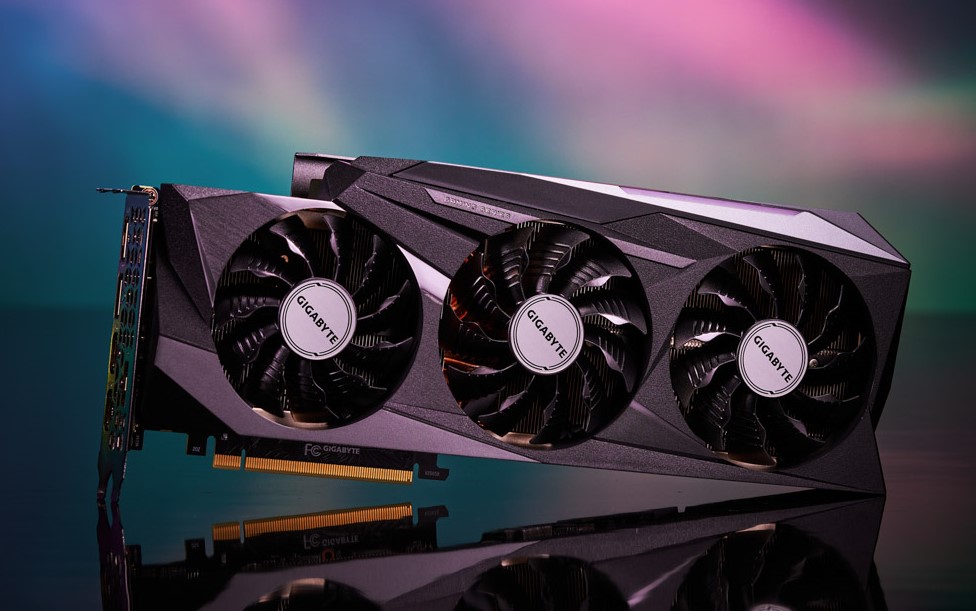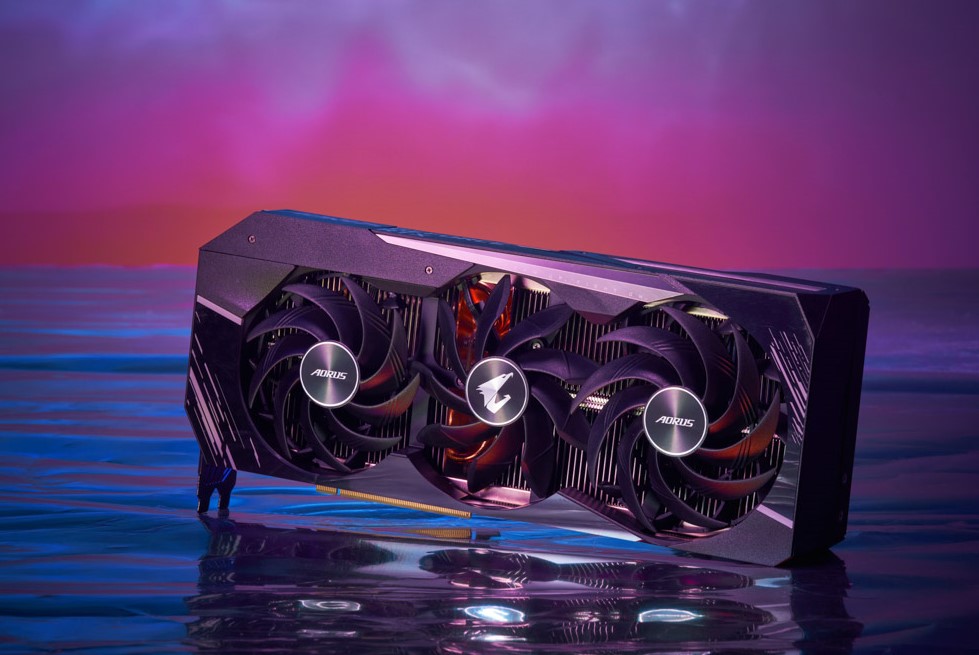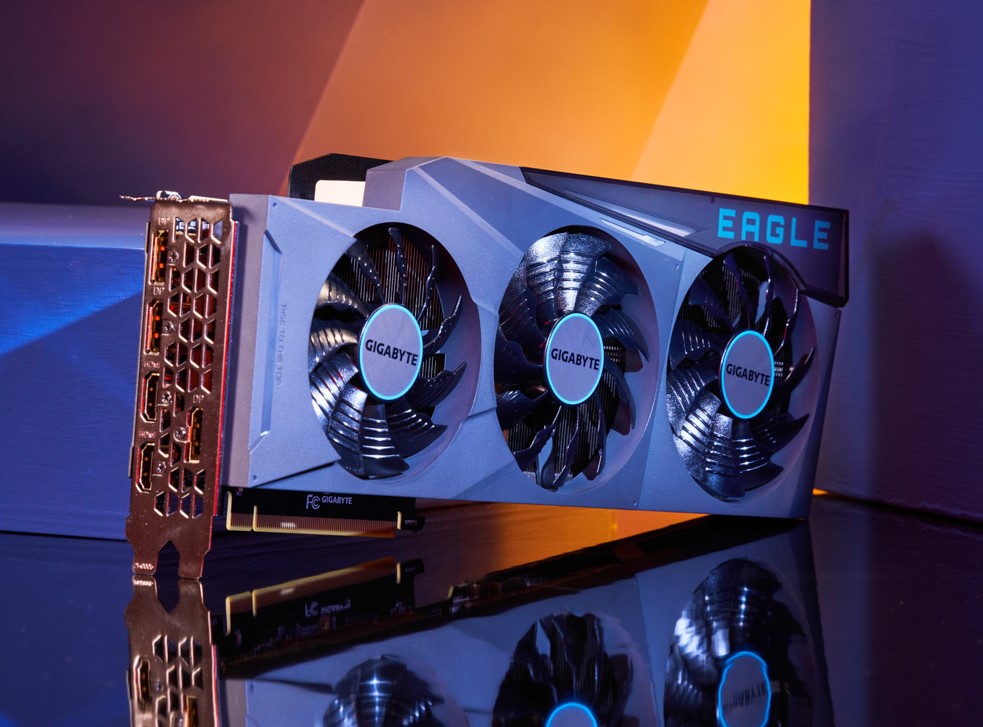Gigabyte’s RTX 30 Series GPUs are a cut above the competition. Here’s why.
On Thursday, Gigabyte held an AORUS RTX 30 MAX-Covered Cooling Launch event where they (in collaboration with the popular tech YouTuber Linus from Linus Tech Tips) unveiled their upcoming RTX 30 Series line of graphics cards. And based on what was shown off at the event, Gigabyte’s ace in the hole, MAX-Covered Cooling, will dominate the market and revolutionize GPU designs. Here’s why.
Stack fan design provides more airflow

In traditional GPU designs, there is a small amount of space between the fans that does not receive airflow. These spaces are called deadzones, and heat can build up in them over time. In the past, deadzones were not much of a problem since even the best GPUs didn’t run at super high temperatures. That, however, is not the case with the RTX 30 Series — because of how much more powerful these graphics cards are, they draw more power, and thus generate considerably more heat. Thus, Gigabyte was left with a problem to solve: ensuring that heat doesn’t build up to dangerous levels in the deadzones.
Gigabyte’s solution was a new stack fan design, which solves this problem by changing two aspects of traditional GPU designs. Firstly, Gigabyte made the fans larger to deliver more powerful cooling. Secondly, it raised the height of the central fan so that the side fans could sit slightly underneath it. This significantly reduces the deadzone space between airflows, ensuring that the entire GPU heatsink is always being cooled by the fans.
Wind claws boost cooling efficiency

Another feature that makes MAX-Covered Cooling so effective is the new wind claw design present on Gigabyte’s RTX 30 Series GPUs. Static fan blades located on the module of the fans (the “wind claws”) help channel airflow from the fans directly onto the GPU’s heatsink, significantly improving cooling efficiency and ensuring that every bit of cool air is utilized to keep your beastly graphics card running smoothly.
Alternate spinning minimizes turbulence

The final piece of the MAX-Covered Cooling puzzle is how the fans themselves spin. In most graphics card setups, all three fans spin in one direction. The problem with this design is that the airflow from each individual fan collides with other airflows, resulting in air turbulence and less effective cooling. By making it so the central fan spins in the opposite direction of the two side fans, Gigabyte has mitigated this issue almost entirely.
Gigabyte is innovating big with MAX-Covered Cooling

With MAX-Covered Cooling, Gigabyte is soaring to new heights. Its RTX 30 Series graphics cards leverage the best cooling techniques and designs on the market to ensure that you get the most out of the NVIDIA Ampere-powered juggernauts. Between the stack fan design that provides more airflow to the heatsink, wind claw fan blades that create optimized airflow channels, and an alternate spinning technique that minimizes turbulence, you can rest easy knowing that your Gigabyte RTX 30 Series GPU will remain cool no matter what you’re using it for.
Get Tom's Hardware's best news and in-depth reviews, straight to your inbox.